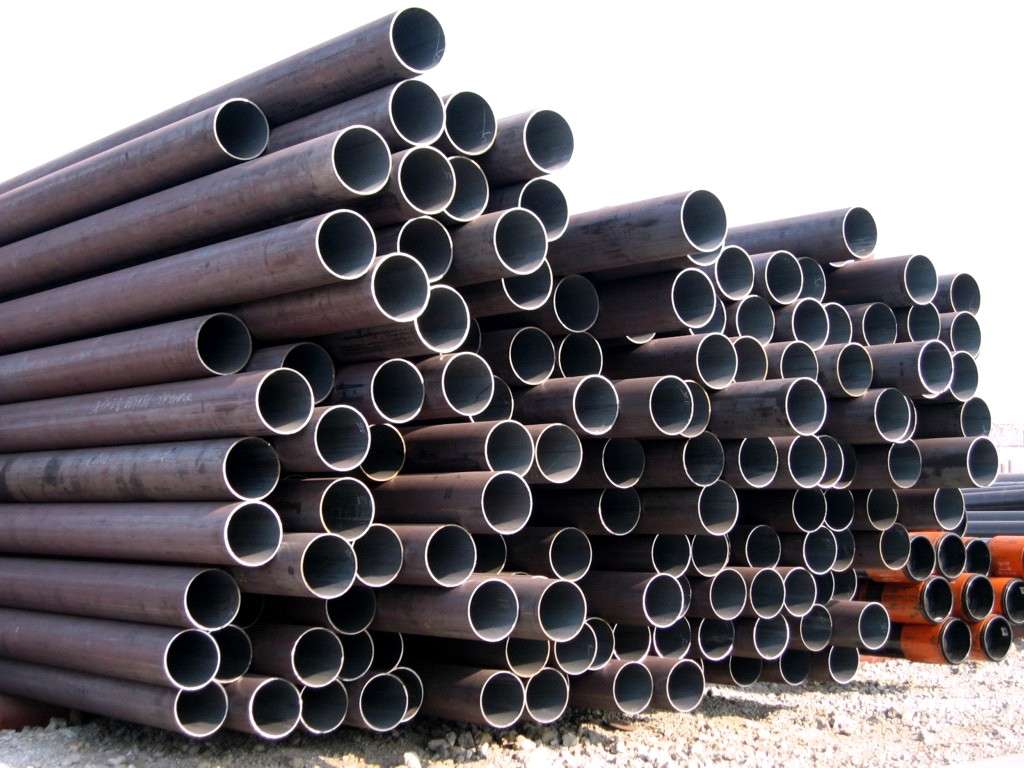The steel pipe industry is an important part of the global economy, providing essential infrastructure for various industries including construction, transportation and energy. In this industry, seamless steel pipes, hollow profiles and non-welded pipes play an important role in meeting the diverse needs of different applications. These products are manufactured through a variety of processes including continuous casting, hot rolling, cold rolling and cold drawing, each of which contributes to the quality and characteristics of the final steel pipe.
In recent years, the steel pipe industry has been affected by changing policies and environmental regulations. Governments and international organizations have been taking measures to promote sustainable development and reduce the environmental impact of industrial activities. As a result, the steel pipe industry has been adapting to these changes by integrating greener practices and technologies into its operations.
Seamless steel pipe is a key product in the industry, known for its high strength, durability and corrosion resistance. They are made through a process called continuous casting, in which molten steel solidifies into a continuous cylindrical shape. This method produces seamless pipe with consistent performance and a smooth surface finish, making it suitable for a variety of applications including oil and gas transportation, structural supports and mechanical components.
Hollow profiles are another important product for the steel pipe industry and are frequently used in construction and infrastructure projects. These profiles are typically produced by hot rolling, a process that involves shaping steel at high temperatures to achieve the desired dimensions and properties. Hot-rolled hollow sections are valued for their structural integrity and load-bearing capabilities, making them the first choice for building frames, bridges, and other building structures.
Unwelded pipe, also called seamless pipe, is manufactured through cold rolling and cold drawing processes. Cold rolling involves passing steel through a series of rollers at room temperature to obtain the desired size and surface finish. Cold drawing, on the other hand, involves pulling the steel through a die to reduce its diameter and improve its mechanical properties. These processes give non-welded pipes precise dimensions, smooth surfaces and enhanced mechanical strength, making them suitable for applications requiring high precision and reliability.
As the steel pipe industry continues to evolve, policy and environmental factors affecting its operations must be considered. Governments around the world are increasingly focusing on reducing carbon emissions, improving energy efficiency and implementing sustainable practices in the industrial sector. In response to these trends, the steel pipe industry has been investing in technologies that minimize energy consumption, optimize production processes and reduce the environmental impact of its operations.
Additionally, the industry has been proactive in adopting recycling and waste management practices to minimize environmental impact. By recycling scrap steel and implementing efficient waste disposal methods, the steel pipe industry is contributing to the circular economy and reducing dependence on raw materials. In addition, advances in steel production technology have led to the development of high-strength, lightweight materials that improve performance while reducing overall material use and environmental impact.
In summary, the steel pipe industry is constantly adapting to the changing policy and environmental landscape. Through the use of advanced manufacturing processes and a commitment to sustainability, the industry is poised to meet the growing demand for seamless steel pipes, hollow sections and non-welded pipes while minimizing environmental impact. By embracing innovation and environmental stewardship, the steel pipe industry is well-positioned to contribute to a more sustainable and resilient global infrastructure.
Post time: Apr-08-2024

